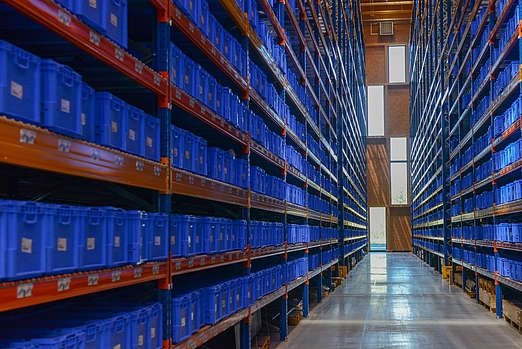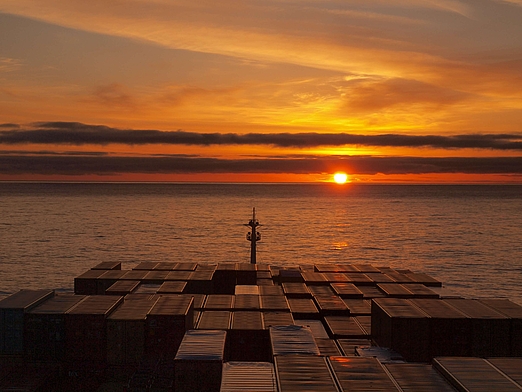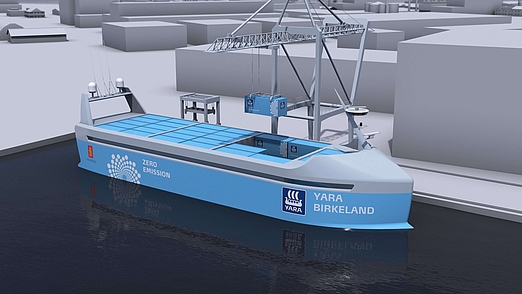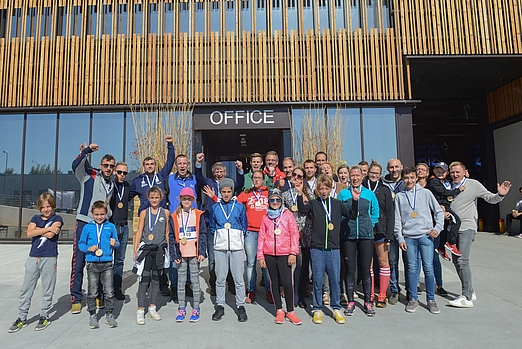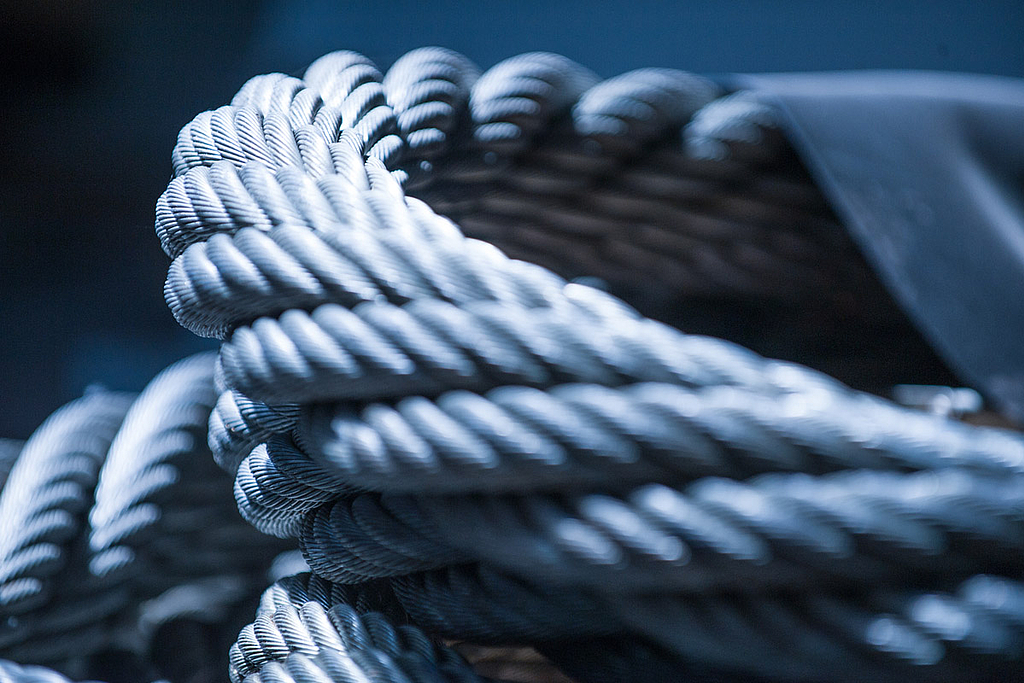“Our vision is to become the leading port and logistics system for Central and Eastern Europe”
- Interviews
The Port of Koper is known as the ideal gateway to the CEE region. We interviewed Metod Podkrižnik, member of the management board, to talk to us about their most recent projects.
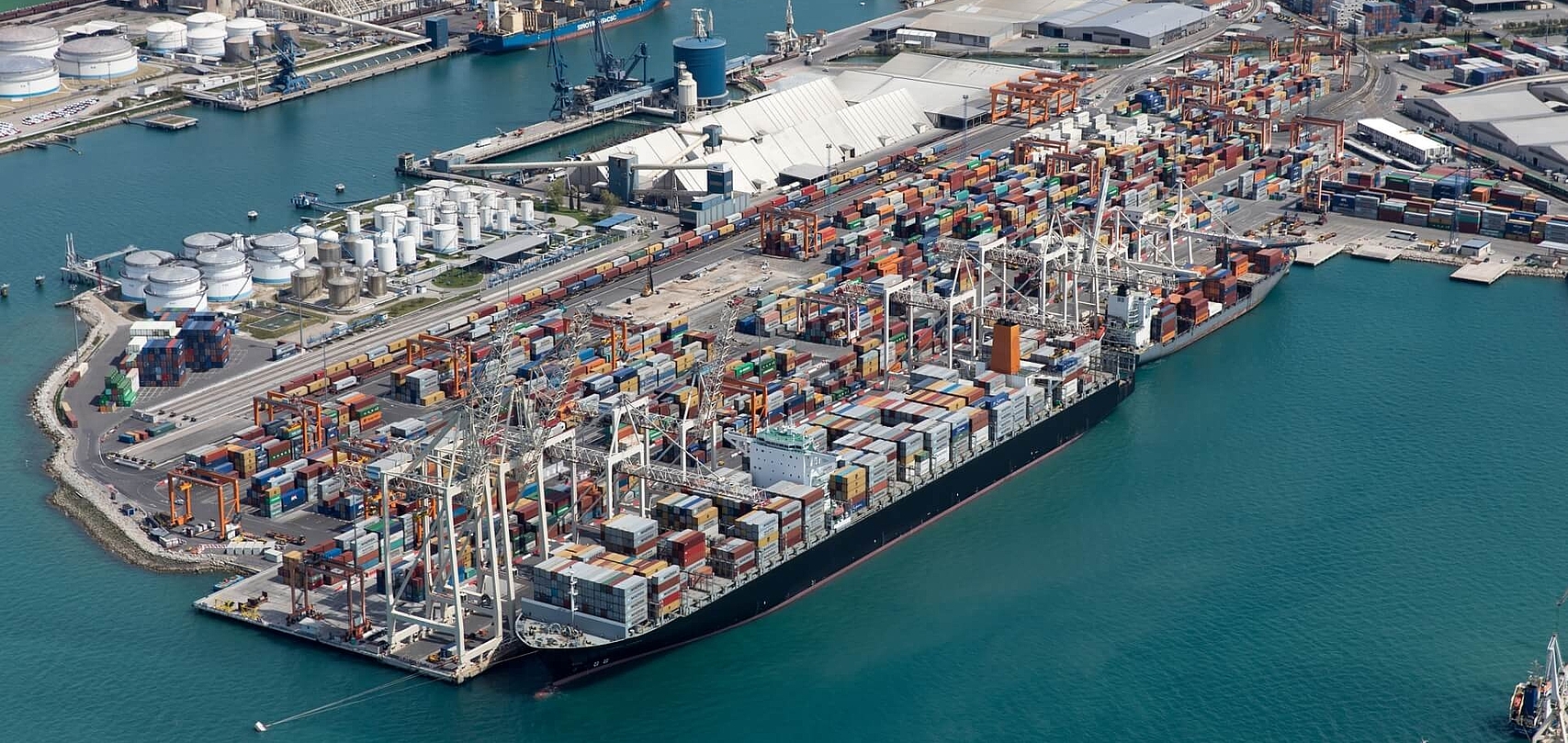
“We are confident that our Chinese partners, who already use Koper as their entry port to European markets, will recognize our potential.”
Metod Podkrižnik on China’s ambitions for the port of Piraeus and infrastructure projects in the Balkans.
“Our intermodal split is close to 60% in favor of rail transport, which is well above average compared to other ports.”
Rail connections are planned to increase with the upcoming extensions and upgrades of railroads.
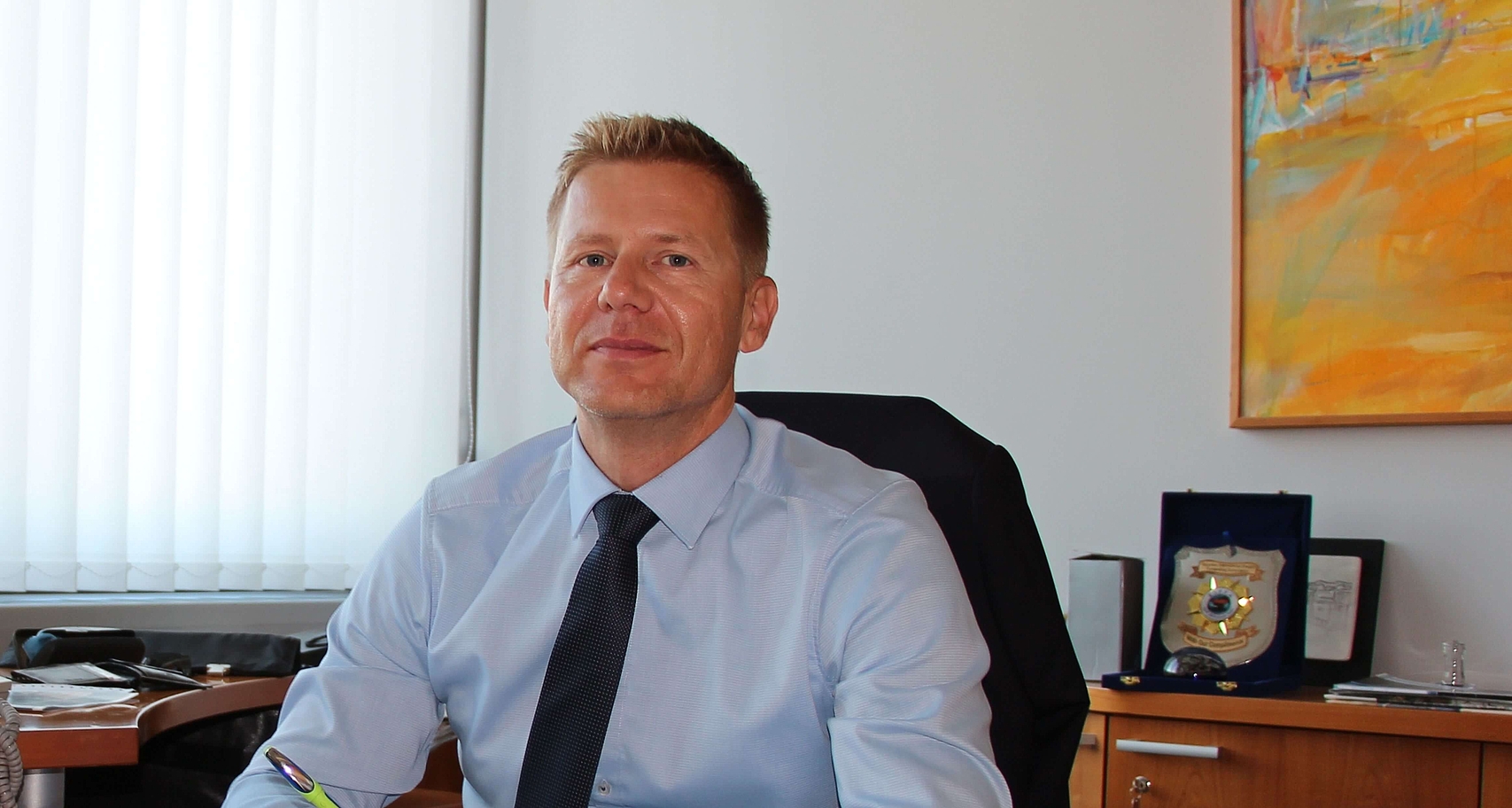
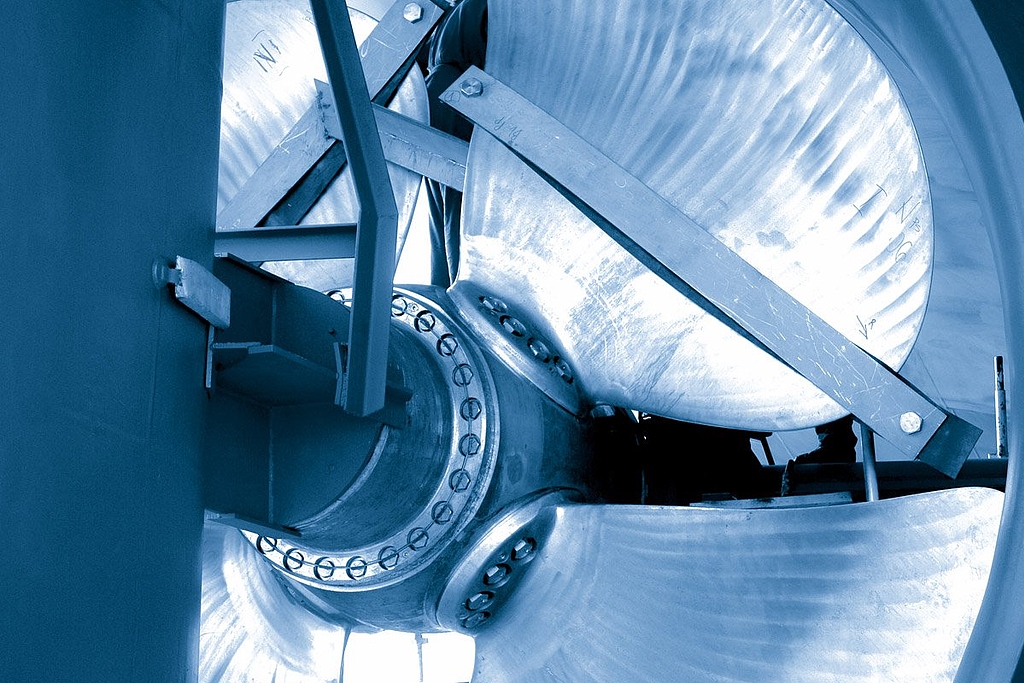
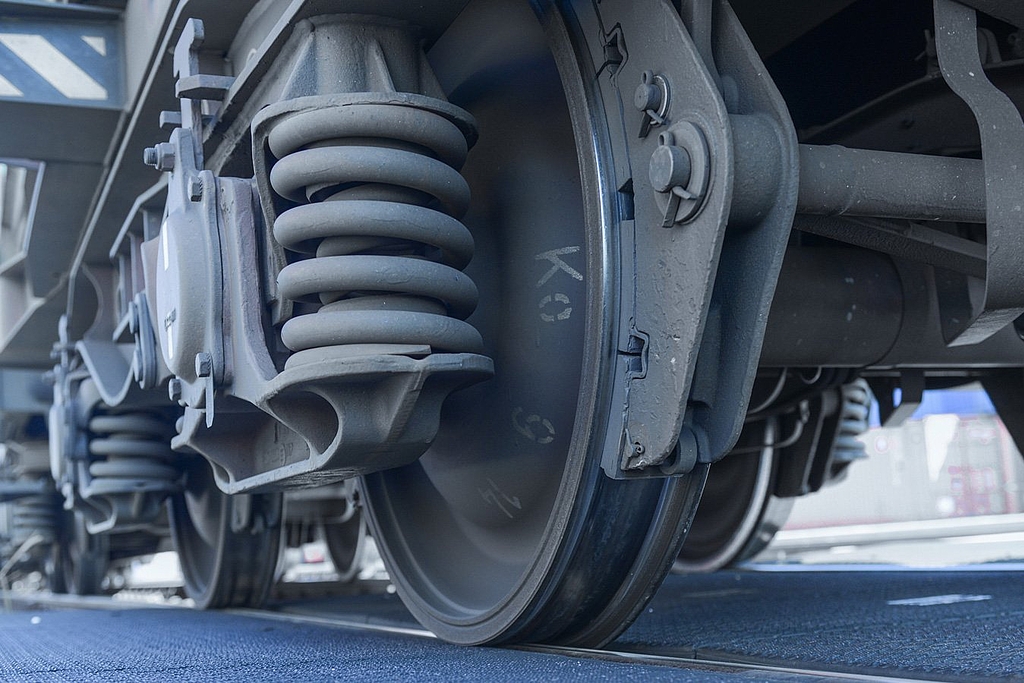
Our rail service is 50% faster than sea cargo and 60% less expensive than air cargo, giving you the best of both worlds.
Rail transport is a fast, cost-effective and environment-friendly alternative to air and sea freight. Our specialized teams will create the optimal rail transport concept for any commodity.
Find out more
